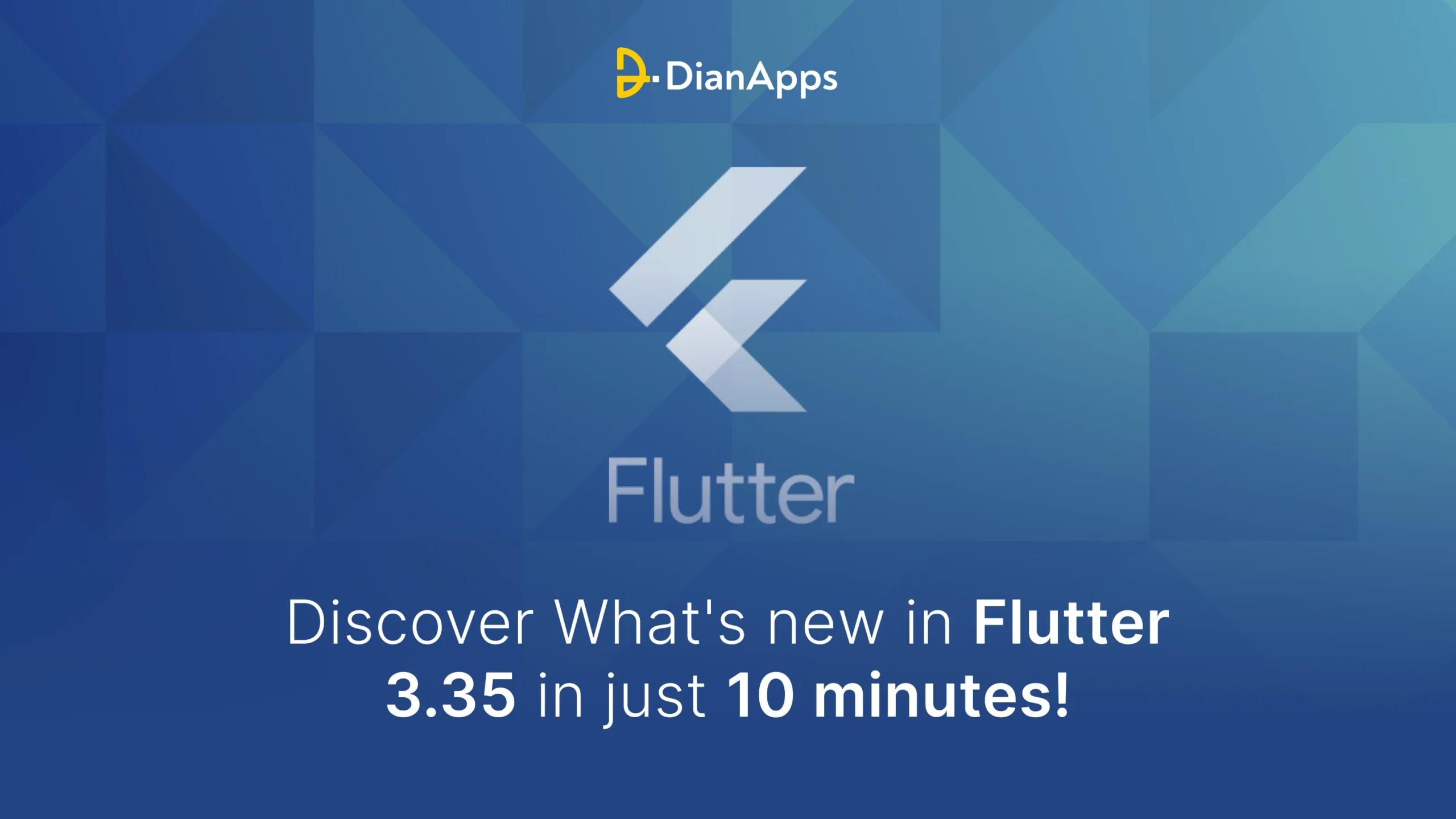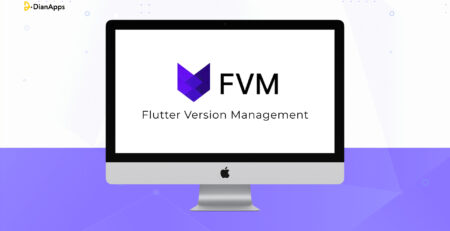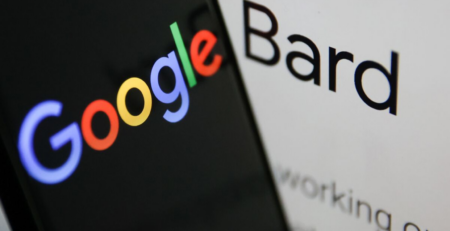Discover What’s new in Flutter 3.35 in just 10 minutes!
Flutter 3.35 is here, and it’s not just a minor upgrade, it’s a game-changer for web, mobile, and desktop app development. With stateful hot reload on the web by default, Material 3 widget upgrades, Cupertino polish, Wasm dry run support, and even AI-powered developer tooling, this release focuses on performance, productivity, and future readiness.
If you’re a mobile developer, Flutter app development company, or business building cross-platform apps, here’s everything you need to know about the Flutter 3.35 release, its features, and how it impacts your development workflow.
What’s New in Flutter 3.35?
1. Is hot reload now available for Flutter web?
Yes. With Flutter 3.35, stateful hot reload for the web is now the default. This means faster iterations, shorter development cycles, and real-time debugging without needing to toggle experimental flags. Developers can still disable it if required, but for most workflows, it’s a major productivity booster.
2. What is Wasm dry run in Flutter 3.35?
The new Wasm (WebAssembly) dry run feature checks whether your Flutter web app can compile into Wasm before WebAssembly becomes the default. Developers now get console warnings during JS builds, helping future-proof projects for better performance and smaller bundle sizes.
3. Does Flutter 3.35 improve accessibility?
Absolutely. Accessibility is one of the highlights of this release. Flutter 3.35 brings:
- Improved screen-reader semantics on web.
SemanticsLabelBuilderfor simplified voice-over messages.- Fixes for Cupertino components: text scaling, RTL toolbar alignment, TalkBack fixes, and correct VoiceOver tab behavior.
This ensures your apps are more inclusive and user-friendly across platforms.
4. What new Material and Cupertino updates are included?
Material Updates:
- RangeSlider upgraded to Material 3 (M3).
- DropdownMenuFormField now available.
- Scrollable NavigationRail introduced.
NavigationDrawernow supports header and footer sections.
Cupertino Updates:
- RSuperellipse shapes for smoother UI fidelity.
- Haptic feedback for
PickerandSlider. - Always-visible slider value indicator.
These changes align Flutter with the latest Material You (M3) guidelines and enhance iOS-native feel with Cupertino polish.
5. Does Flutter 3.35 support AI-powered tools?
Yes. Flutter 3.35 stabilizes the Machine Code Protocol (MCP) server, enabling AI-driven integrations in your IDE. This helps with:
- Error rendering suggestions.
- Boilerplate code generation.
- Smarter dependency recommendations from pub.dev.
It’s a step toward AI-assisted development workflows, making Flutter projects faster to build and maintain.
6. What is the SensitiveContent widget in Flutter?
The new SensitiveContent widget (Android 14+, API 35) lets developers block screenshots and screen recordings for sensitive screens like banking, healthcare, or private data apps. This enhances privacy and data security, a critical factor for enterprise-grade apps.
7. What are the minimum SDK requirements for Flutter 3.35?
Flutter 3.35 modernizes platform support by raising the minimum SDK versions:
- iOS 13 or higher
- macOS 10.15 or higher
- Android SDK 24 (Nougat)
This cleanup removes legacy clutter and ensures apps run smoothly on modern devices.
8. Does Flutter 3.35 improve desktop support?
Yes. Flutter 3.35 enhances desktop performance with:
- Unified UI + platform threads on Windows and Linux for smoother resizing and UI rendering.
- Native assets preview for embedding C/C++/Rust modules directly.
This positions Flutter as a strong framework for cross-platform desktop app development.
Why Should Businesses and Developers Upgrade to Flutter 3.35?
- Faster development cycles with hot reload on the web.
- Future-proof web apps via Wasm dry runs.
- More accessible apps, complying with inclusivity standards.
- Enhanced security for sensitive data on Android.
- Visually modern UIs with Material 3 and Cupertino updates.
- Smarter workflows powered by AI integrations.
- Better performance on desktop apps with threading improvements.
For mobile app development companies and startups building cross-platform apps, Flutter 3.35 ensures higher efficiency, security, and readiness for the next wave of digital experiences.
How to Get Started with Flutter 3.35
If you’re ready to try the latest Flutter release, here’s how to upgrade and start building with Flutter 3.35:
1. Upgrade Flutter SDK
Run the following commands in your terminal to update your existing SDK:
|
1 2 3 4 5 |
flutter upgrade flutter pub upgrade flutter doctor |
This ensures your environment is aligned with Flutter 3.35 dependencies and tools.
2. Check System Requirements
Flutter 3.35 has bumped the minimum SDK versions:
- iOS → 13 or higher
- macOS → 10.15 or higher
- Android → SDK 24 (Nougat) or higher
Update your development environment accordingly before building apps.
3. Enable New Features
Some Flutter 3.35 features are enabled by default (like stateful hot reload on web), but others may require config toggles:
|
1 |
flutter config --enable-widget-previews |
This lets you experiment with widget previews and other developer productivity features.
4. Test with New Widgets and APIs
Try integrating new Material 3 widgets and Cupertino updates into your app. Example:
|
1 2 3 4 5 6 7 8 9 10 11 12 13 14 15 16 17 18 19 |
NavigationDrawer( children: [ NavigationDrawerDestination( icon: Icon(Icons.home), label: Text("Home"), ), NavigationDrawerDestination( icon: Icon(Icons.settings), label: Text("Settings"), ), ], ) |
This takes advantage of the new header/footer support in NavigationDrawer.
5. Secure Your App with SensitiveContent (Android 14+)
For apps handling sensitive data, wrap critical screens with the new widget:
|
1 2 3 4 5 |
SensitiveContent( child: BankingDashboard(), ) |
This prevents screenshots and screen recordings on devices running Android 14+.
6. Test Web and Desktop Builds
- Run your web builds with hot reload and check for Wasm dry run warnings.
- For desktop apps (Windows/Linux), test resizing and UI responsiveness to see the new threading improvements in action.
7. Explore AI-Powered MCP Integration
If you’re using VS Code or Android Studio, explore AI-assisted suggestions powered by the MCP server. It can help you generate boilerplate faster and debug efficiently.
With these steps, you’ll be fully ready to leverage the power of Flutter 3.35 across mobile, web, and desktop.
Final Thoughts
Flutter 3.35 is not just an update, it’s a strategic step forward for developers and businesses. With hot reload for web, Wasm preparation, accessibility upgrades, AI-powered tooling, and enhanced security, this release strengthens Flutter’s position as the go-to framework for building cross-platform apps.
If you’re working with a mobile app development company or building products in-house, upgrading to Flutter 3.35 means faster builds, modern UIs, and future-ready apps.




